
Maine Coons are the gentle giants of the cat world—fluffy, majestic, and irresistibly charming. But owning one isn’t all cuddles and admiration. Their massive size, endless energy, and unique quirks can turn daily routines into unexpected challenges. From fur avalanches to sky-high food bills, life with a Maine Coon is anything but low-maintenance. Thinking of bringing one home? Here are 12 giant struggles you’ll want to know first.
Why Maine Coons Are Both a Dream and a Challenge
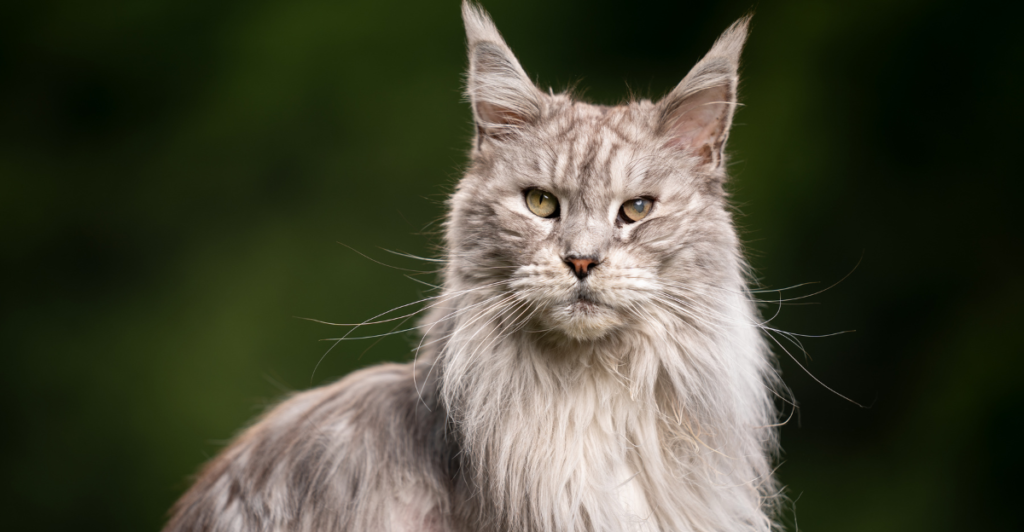
Maine Coons are adored worldwide for their lion-like appearance, chirpy vocalizations, and dog-like loyalty—but they’re not for the faint of heart. Their majestic size comes with logistical headaches, their intelligence brings both charm and chaos, and their high-maintenance needs can quickly overwhelm unprepared owners. Beneath the fluff lies a breed that defies typical cat expectations. They crave attention, demand space, and often outgrow standard pet gear. While some call them the “perfect cat,” reality proves more complex. From veterinary costs to behavioral issues rooted in boredom or stress, these felines bring big energy, big love—and big challenges. Before adopting one of these gentle titans, it’s crucial to understand the reality behind the fairytale. Here are 12 surprising reasons owning a Maine Coon isn’t all purrs and cuddles.
1. Not Easy to Transport
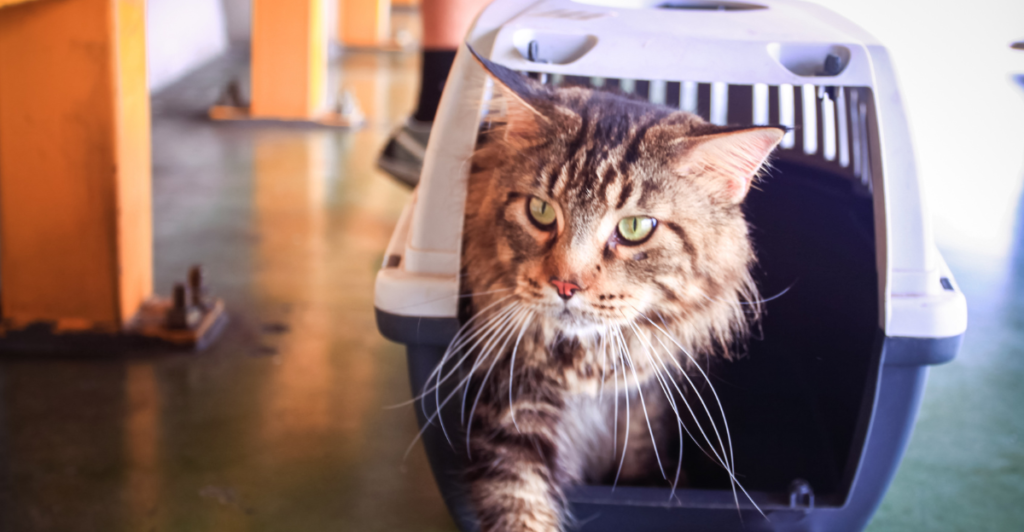
Taking a Maine Coon on the road is rarely smooth sailing. Their massive size makes finding a comfortable travel carrier difficult, and their social dependency means they stress easily when removed from familiar surroundings.
Standard airline-approved carriers often won’t accommodate their length, forcing owners to purchase specialized or even custom travel gear. Car rides can become stressful events filled with loud vocalizations or panic, especially if they haven’t been acclimated early on.
Even routine vet visits may require extra planning—larger waiting rooms, assistance carrying them, or scheduling during off-hours to avoid overwhelming them. If you’re a frequent traveler or envision bringing your pet along on vacations, a Maine Coon may not be the ideal jet-set companion. Their comfort zone is home—and they’d prefer to stay there.
2. The Cost of Size: Oversized Accessories and Furniture
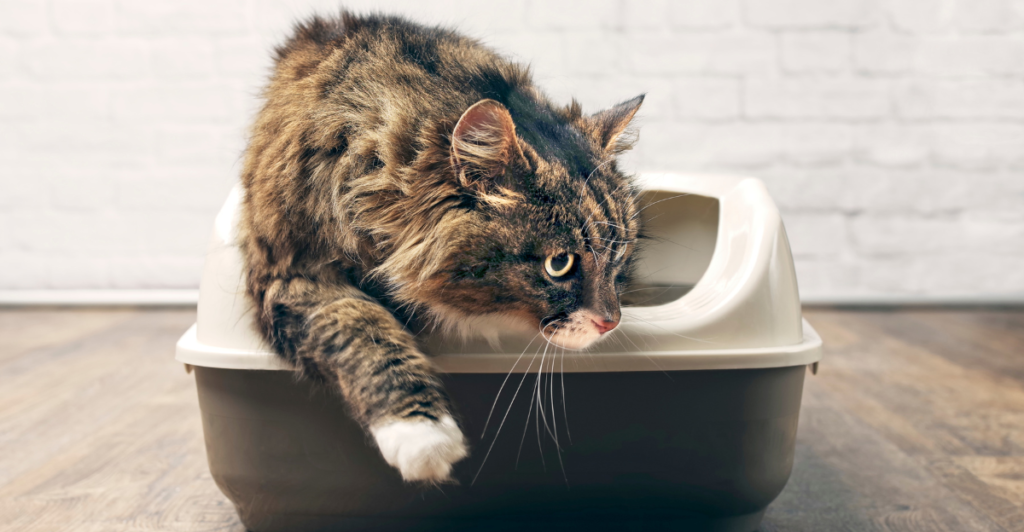
Maine Coons don’t just outgrow expectations—they outgrow your furniture. Adult males can weigh up to 11 kg (25 lbs), making regular cat gear nearly useless. Litter boxes become too small, scratching posts too flimsy, and cat trees too narrow. Owners often resort to custom-built items or premium XL products designed for large dogs.
Even carriers for vet visits pose challenges—standard models may bend under their weight or leave them cramped. This extends to grooming tables, feeding stations, and even pet doors, all of which need to be scaled up.
These aren’t one-time purchases either; replacing worn-out oversized gear can become a recurring cost. When considering a Maine Coon, factor in the financial and spatial reality of building a “giant cat”-friendly home from scratch.
3. Grooming Demands
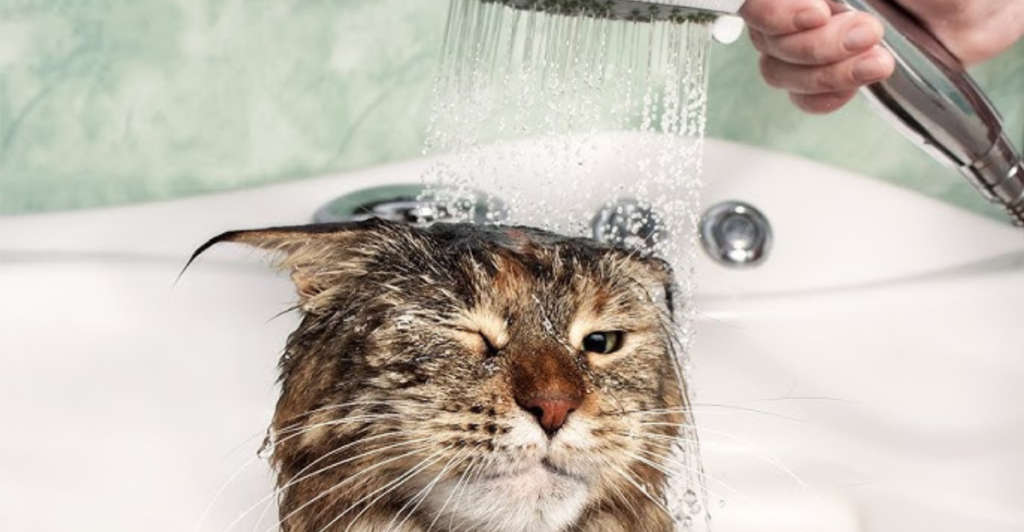
That glorious coat isn’t just for show—it’s a full-time job. Maine Coons sport a dense, water-resistant double coat that tangles easily and traps debris. If left ungroomed for even a few days, mats can form in hard-to-reach areas like behind the ears, under the legs, and along the haunches.
These mats not only cause discomfort but can lead to painful skin infections requiring veterinary intervention. Seasonal shedding is another beast—during spring and fall, tufts of fur coat your furniture like confetti.
Expect daily brushing sessions with heavy-duty tools, frequent vacuuming, and even lint rolling your clothes before leaving the house. Professional grooming every few months becomes essential for many owners, turning maintenance into a serious time and money investment—not a weekend chore.
4. Health Risks: Genetic Predispositions

Maine Coons are prone to several inherited health issues that can blindside new owners. Chief among them is hypertrophic cardiomyopathy (HCM), a condition that thickens the heart muscle and can lead to sudden cardiac arrest. Routine heart screenings with a veterinary cardiologist are essential but expensive.
They’re also susceptible to hip dysplasia—a condition more common in dogs—due to their size, potentially causing arthritis by middle age. Polycystic kidney disease and spinal muscular atrophy round out the list of known genetic risks.
What’s concerning is that symptoms often appear late, after breeding decisions have already impacted entire lineages. Ethical breeders screen for these conditions, but not all do. Adopting a Maine Coon means being prepared to deal with high vet bills, early interventions, and lifelong management strategies.
5. Feeding Costs

Maine Coons may not wolf down meals like dogs, but their nutritional needs are no joke. Their large size and active metabolism require more calories than the average housecat, often doubling monthly food costs. Cheap kibble won’t cut it—many need high-protein, grain-free diets tailored to joint health and muscle maintenance.
Some owners find themselves supplementing with glucosamine, omega-3s, or breed-specific formulas to maintain coat and bone health. Portion control also becomes a balancing act; underfeeding leads to nutrient deficiencies, while overfeeding causes dangerous weight gain.
And don’t forget the accessories: wide food bowls to accommodate their jaws, slow feeders for fast eaters, and regular vet consults to adjust diet plans. If you’re not prepared to feed a cat like an athlete, think twice.
6. Separation Anxiety

Despite their rugged exterior, Maine Coons are emotionally delicate. They form deep attachments to their humans and can become anxious or even depressed when left alone for too long. Some owners return from work to shredded curtains, excessive meowing, or soiled floors—classic signs of separation distress.
Unlike many cats that relish solitude, Maine Coons are more like dogs in their need for social stimulation. They may follow you from room to room, “talk” to you throughout the day, and demand cuddles on their terms. Managing this attachment requires structured routines, interactive toys, and sometimes even feline companionship.
If your lifestyle involves long hours away or frequent travel, your Maine Coon may not cope well—and neither will your home furnishings.
7. Space Constraints: Not Apartment-Friendly
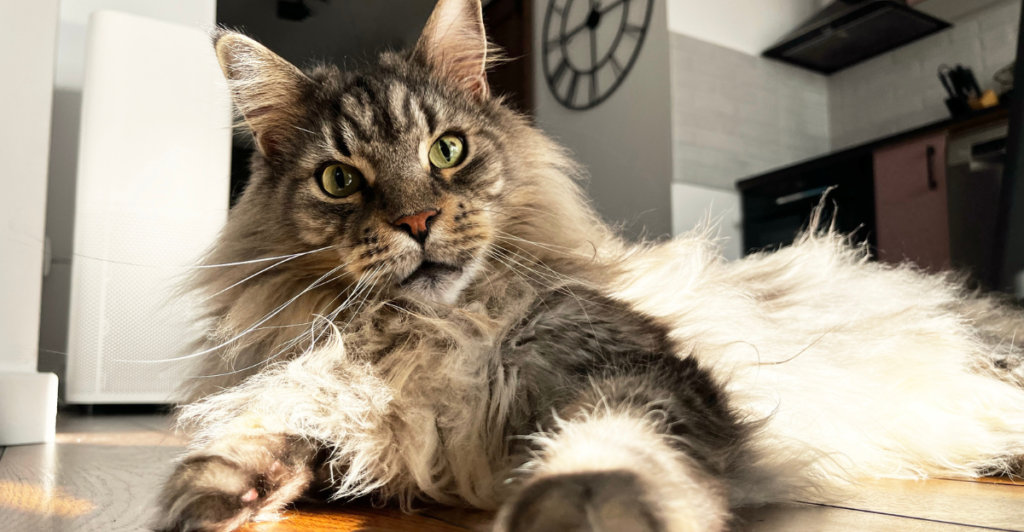
A Maine Coon in a studio apartment is like a lion in a shoebox. Their long bodies, bushy tails, and boundless energy require room to roam, jump, and perch. Standard cat trees are often too short or unstable, while window ledges can’t always handle their bulk. ‘
Without vertical and horizontal space, Maine Coons can grow restless or destructive, clawing furniture and knocking over valuables. Even playtime becomes difficult in cramped quarters. While some adapt to apartment living, it takes serious enrichment: wall-mounted shelves, tunnels, and frequent interactive play sessions.
If you’re renting or living small, be honest about whether you can transform your space into a feline jungle gym. Otherwise, prepare for a very bored giant.
8. Training Challenges: Stubborn Yet Intelligent

Maine Coons are whip-smart but often too clever for their own good. They can learn tricks, open doors, and even solve puzzle toys—but that intelligence comes with a streak of stubbornness. Teaching them to stay off counters or use a specific scratching post may feel like a battle of wills.
They’ll test boundaries repeatedly, often out of boredom or curiosity. Harsh corrections backfire, while inconsistent training leads to confusion. What works is patience, positive reinforcement, and keeping things interesting.
Rotate toys, change play routines, and use high-value treats for desired behavior. Training isn’t optional with this breed—it’s survival. If you don’t proactively guide their behavior, they’ll invent their own games, usually at your furniture’s expense.
9. High-Maintenance Hygiene: Dental Care
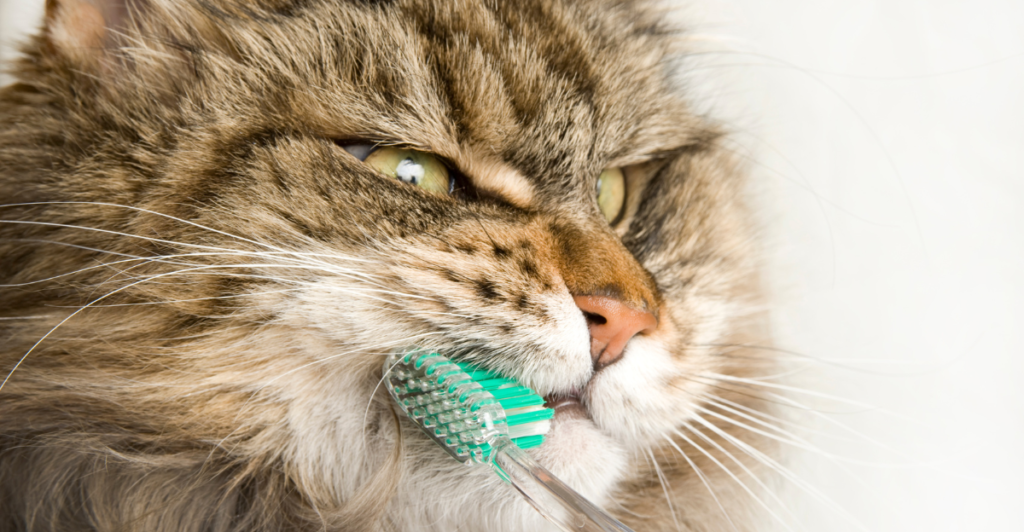
Maine Coons are prone to dental diseases, especially gingivitis and stomatitis, which can cause immense pain and even tooth loss if untreated. Because of their stoic nature, they often mask discomfort until the problem is advanced. ‘
Regular dental care—brushing their teeth with feline-safe toothpaste, using dental treats, and scheduling cleanings—becomes essential. But brushing a Maine Coon’s teeth isn’t easy. Their powerful jaws and playful resistance make the task stressful for both cat and owner.
Specialized dental diets can help, but they’re no substitute for direct care. Ignoring oral hygiene can snowball into systemic infections, weight loss, or costly surgeries. For prospective owners who balk at the idea of weekly tooth brushing, this might be the biggest—and most overlooked—challenge of Maine Coon life.
10. Seasonal Shedding Cycles: Hair Everywhere
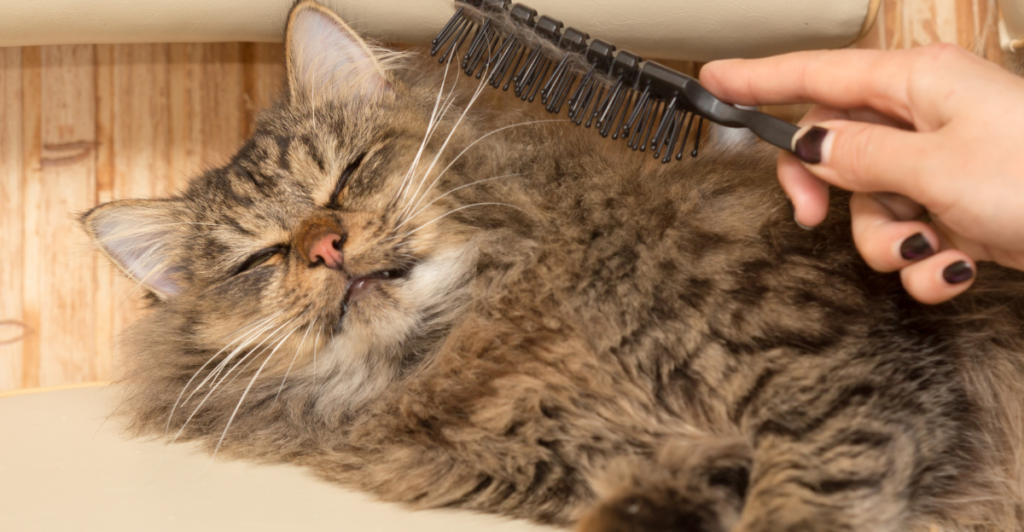
Shedding is a way of life with a Maine Coon, but it peaks to epic levels during seasonal transitions. Twice a year—typically in spring and fall—they “blow” their undercoats, leaving behind tumbleweeds of fur that accumulate in corners, vents, and even inside your electronics.
This isn’t a few strands on the couch; it’s a full-body commitment to constant vacuuming and lint rolling. Long-haired Maine Coons also produce dander, which can aggravate allergies in sensitive individuals.
To manage the mess, daily brushing becomes non-negotiable, especially during shedding season. Many owners invest in HEPA-filter vacuums, air purifiers, and even robot cleaners. If you’re not ready to find fur in your morning coffee or embedded in your wardrobe, this majestic breed may drive you to your grooming limits.
11. The Cost of Longevity: Shorter Lifespan

Maine Coons enchant with their presence, but their time with you may be shorter than you’d expect. While many cats live 15–20 years, Maine Coons average closer to 12–13, with some living longer depending on genetics and care.
Unfortunately, their large bodies age faster, and health complications like HCM and joint issues may reduce their quality of life in later years. The emotional toll of losing such a devoted companion can be immense, especially after building such a close bond.
Owners often invest in preventive care—like echocardiograms and joint supplements—to extend their years, but there are no guarantees. If you’re seeking a long-haul feline friend, understanding this sobering reality is critical before falling for the Maine Coon’s enduring charm.
12. Need for Constant Interaction
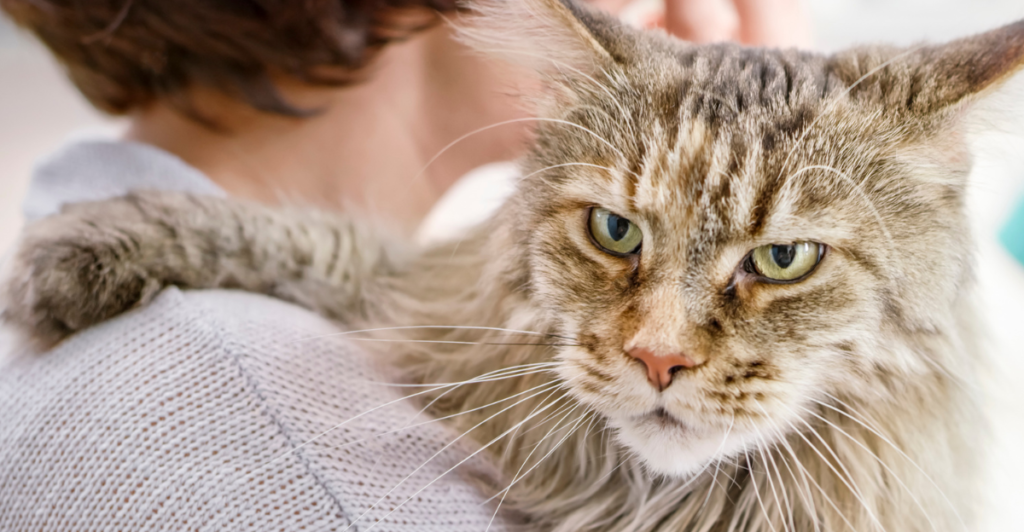
Maine Coons aren’t the type to ignore you from across the room—they’ll demand your presence, input, and time. These cats are social butterflies who thrive on interaction, be it following you to the bathroom or vocalizing for attention while you’re on Zoom.
Their constant companionship is charming until it becomes overwhelming. Neglect their social needs, and they may resort to mischief or loud, chirpy protests. Some owners adopt a second Maine Coon or a dog for company, but that doubles the workload.
If you crave a quiet, independent pet, this breed’s sociability might feel like a full-time job. At their best, they’re affectionate shadows. At their neediest, they’re furry co-workers who never clock out. Make sure you’re ready for a roommate who never leaves.
Explore more of our trending stories and hit Follow to keep them coming to your feed!

Don’t miss out on more stories like this! Hit the Follow button at the top of this article to stay updated with the latest news. Share your thoughts in the comments—we’d love to hear from you!







